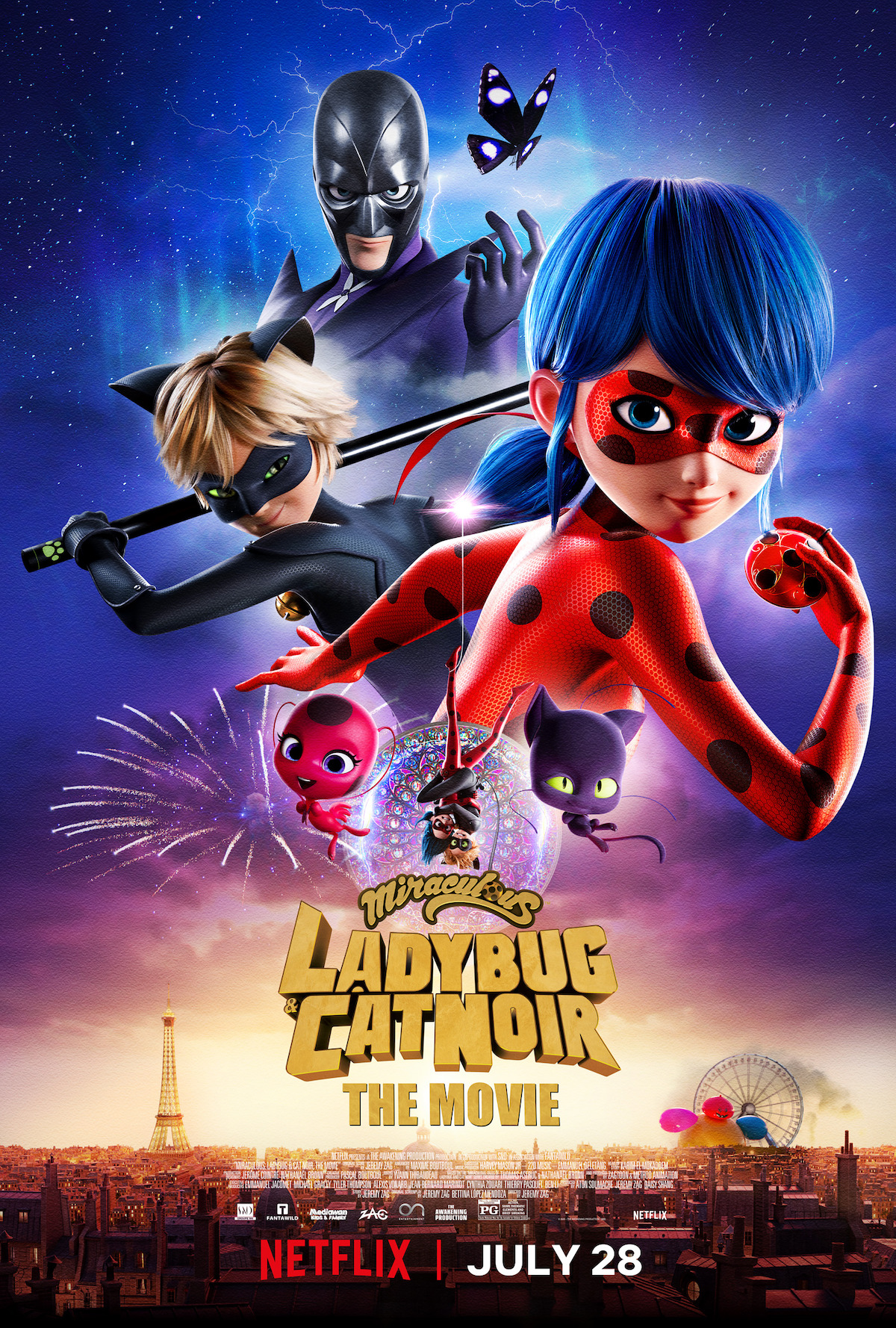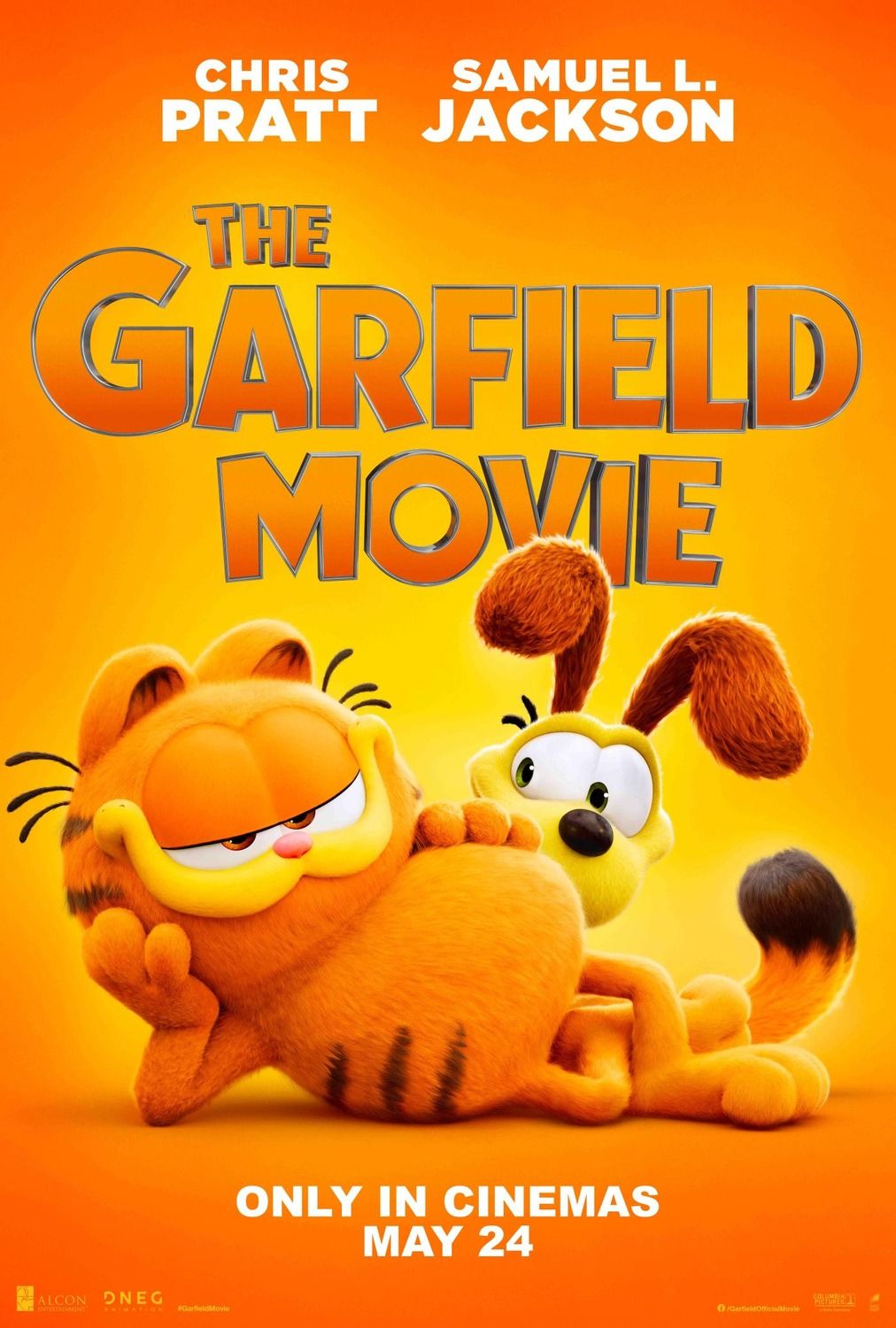Movie Trap - What Happens When Films Catch You
Sometimes, you settle down to watch a movie, expecting a certain kind of story, and then, you know, it just pulls you in a way you didn't see coming. It's almost like the film itself becomes a sort of clever device, a "movie trap" if you will, that catches your attention and holds it tight. These are the pictures that truly surprise us, making us feel a part of the unfolding drama, whether it's a tense thriller or something a little more lighthearted.
There's a new movie that seems to fit this idea quite well, actually. It's called "Trap," and it came out in 2024. This one is a psychological thriller, a type of film that often sets up these kinds of situations where characters, and by extension, the people watching, get caught in a tight spot. It's a creation from M. Night Shyamalan, a storyteller known for making us wonder what's next, and it features Josh Hartnett, Ariel Donoghue, and Saleka Shyamalan in key roles, among others.
But the idea of a "movie trap" isn't just about scary or suspenseful tales. Think about something like "The Parent Trap," a film many people hold dear. That movie, whether the one from 1961 or the later version, also sets up a situation where characters are caught in a scheme, though it's all for fun and family reunion. It goes to show, in some respects, that a film can create a compelling situation that feels like a trap for its characters, and that's what makes it so much fun to watch.
Table of Contents
- What Makes a Movie Trap So Engaging?
- How Do Storytellers Build a Movie Trap?
- Is Every Movie a Kind of Movie Trap?
- What's Next for the Movie Trap?
What Makes a Movie Trap So Engaging?
So, what exactly is it about a "movie trap" that keeps us glued to our seats? It's often about the feeling of being caught, either as a character within the story or as someone watching from the outside. When a film manages to put its people in a spot where they can't easily get out, or when it makes the audience feel that same sense of being stuck, that's when things get really interesting. It could be a physical trap, a mental one, or even a situation that just feels impossible to escape. That, you know, is what makes these stories so compelling.
The core of this appeal comes from a deep human curiosity about how people react under pressure. We wonder how someone will find a way out, or if they even can. This kind of storytelling, where the stakes are high and the way forward is unclear, tends to grab hold of our attention. It's a bit like watching a puzzle unfold, where every piece that falls into place either makes the situation worse or offers a glimmer of hope. Really, it’s about the suspense and the question marks that hang in the air.
The Latest Movie Trap - M. Night Shyamalan's New Film
Let's consider the 2024 film "Trap" by M. Night Shyamalan, as a matter of fact. This picture puts a father and his teenage daughter right in the middle of a pop concert. But this isn't just any concert; it turns out to be the center of a very dark and unsettling situation. The story reveals that they've stumbled into an FBI operation, a sting, designed to catch a person who has done very bad things, known as "the butcher." Josh Hartnett plays the father, and Ariel Donoghue plays his daughter. The idea that a regular family outing could turn into such a tense event is, you know, a perfect example of a "movie trap."
- Yara Gambirasio
- Brian Austin Green Movies And Tv Shows
- Dolly Parton Song By Song
- Center Stage Cast
- David Rose
The film sets up this scenario where the main character, Cooper, the father, is apparently the serial killer himself. This twist, if you want to call it that, means he's not just caught in a situation, he is the reason for it. It's a very clever way to turn the usual "innocent person caught in danger" story on its head. The audience is then left to watch how he tries to deal with being in a place designed to catch him, all while trying to keep his daughter safe and unaware. It's a pretty intense setup, really, and it keeps you guessing every moment.
This film arrived on streaming services like Netflix, and people have been talking about it. It came out around the same time M. Night Shyamalan's daughter, Ishana Night Shyamalan, had her own picture, "The Watchers," released. So, it was a big summer for the Shyamalan family in movies. The fact that "Trap" is a psychological thriller means it plays with your mind, making you think about what's real and what's not, which is, you know, part of the fun of this kind of "movie trap."
A Different Kind of Movie Trap - The Parent Trap's Appeal
On the other hand, there's "The Parent Trap," a film that also plays with the idea of a "movie trap," but in a completely different, much lighter way. This story, whether you're thinking of the 1961 original or the 1998 remake, is about two young girls who look exactly alike. They meet at a summer camp and, to their surprise, find out they are long-lost sisters, twins actually. Their parents had split up years ago, and each parent took one of the children. So, they come up with a rather elaborate scheme, a sort of playful "movie trap," to get their mom and dad back together.
The 1961 version starred Hayley Mills, who played both twin characters, a pretty impressive feat for the time. She gave a dual showing that many people still remember. Then, in 1998, Lindsay Lohan took on the same dual role in her first big movie. She did a really good job, and that film became a favorite for many families. It shows how a "movie trap" can be about setting up a situation that seems complicated or tricky, but with a good heart behind it, all to bring people closer, you know.
The story involves the girls swapping places, pretending to be each other, so they can spend time with the parent they've never known. This whole plan is a kind of "movie trap" for their parents, designed to make them fall for each other again. Elaine Hendrix, who played Meredith Blake in the Lindsay Lohan version, a character who was very much against the parents getting back together, is now involved in producing, which is kind of interesting to think about. This story has charmed audiences for a long time, showing that a "trap" doesn't always have to be scary; it can be about clever plans and happy endings, too.
How Do Storytellers Build a Movie Trap?
So, how do the people who make films put together these kinds of "movie trap" situations? It really comes down to setting up a problem that seems almost impossible to solve. They introduce characters who have a goal, or who are just going about their regular day, and then, suddenly, something happens that changes everything. This might be a big secret, a sudden turn of events, or a hidden danger that wasn't obvious at first. It's all about creating a sense of being caught, of limited options, which makes the audience lean forward and pay close attention, you know.
For a psychological thriller like "Trap," the storytellers often use suspense and the unknown to build that feeling. They might give you small pieces of information, but never the full picture, so you're always trying to figure out what's going on. They make you question the characters' actions and motives. For a comedy like "The Parent Trap," the "trap" is built through mistaken identity and a very elaborate, but funny, plan. The humor comes from the near misses and the clever ways the children try to keep their secret. Both ways, the goal is to make the audience feel completely involved in the story's tricky situation.
The use of location is also a big part of creating a "movie trap." In "Trap," a huge, busy pop concert stadium becomes the setting for a very personal and dangerous hunt. The crowd and the noise, paradoxically, make it harder for the main character to escape detection. In "The Parent Trap," a summer camp and then two different homes become the places where the girls carry out their switcheroo. The setting helps to make the "trap" feel real and believable, which is pretty important for getting people to care about what happens.
When the Audience Falls into a Movie Trap
When a film creates a good "movie trap," it's not just the characters who get caught; it's us, the people watching, too. We become emotionally invested in what's happening. With "Trap," we might find ourselves trying to guess the killer's next move, or hoping the father can somehow get out of his sticky situation. We might even feel a bit uneasy, just like the characters on screen. This kind of emotional pull is a sign that the filmmakers have done a good job of drawing us into their created world, you know.
For "The Parent Trap," our involvement comes from rooting for the girls to succeed in their plan. We want to see their parents get back together, and we laugh at the funny things that happen along the way. We might even feel a little bit of tension when it seems like their secret might be found out. This kind of "movie trap" makes us feel happy and hopeful, rather than scared. It shows that being caught up in a story can mean many different things, depending on the kind of tale being told.
The way a film is put together, from the writing to the directing, really helps to make us feel this way. M. Night Shyamalan wrote, produced, and directed "Trap," meaning he had a lot of say in how that particular "movie trap" was built. Nancy Meyers directed the 1998 "Parent Trap," and she was able to make that story feel warm and funny. The people behind the camera are really the ones who set the stage for these kinds of experiences, making sure every piece works to pull us in, which is, you know, pretty impressive.
Is Every Movie a Kind of Movie Trap?
You could almost argue that, in a way, every movie is a kind of "movie trap." Think about it: when you start watching any film, you are, in a sense, agreeing to be held captive by its story for a little while. You sit down, you turn off the outside world, and you let the picture take you wherever it wants to go. This might not be a scary or tricky "trap" like in the movies we've talked about, but it's still a willing surrender to the narrative. We give our attention and our feelings over to the screen, hoping to be entertained, or moved, or even surprised, you know.
The most effective films are the ones that manage to keep us in this "trap" from beginning to end. They don't let our minds wander. They keep us wondering what will happen next, or make us care deeply about the people on screen. Whether it's a grand adventure, a quiet drama, or a laugh-out-loud comedy, the goal is always to keep us engaged. So, while "Trap" and "The Parent Trap" might be obvious examples of films with literal traps within their stories, the idea of a "movie trap" can also describe the very act of watching a film itself.
This means that the success of a film often depends on how well it sets up and maintains its particular "movie trap." Does it create a world that feels real? Are the people in it believable? Does the story unfold in a way that keeps you guessing, or makes you feel something strong? When all these things come together, that's when a film truly catches you, holding you in its spell until the very last frame. It's a pretty powerful thing, really, how stories can do that to us.
Looking at the Creators Behind the Movie Trap
The people who make these "movie trap" films are pretty important to how they turn out. M. Night Shyamalan, for instance, is known for his particular way of telling stories, often with surprising turns. He wrote and directed "Trap," which means his vision is very much at the core of that film's feeling of being caught. His work often explores psychological elements, making the "trap" in his movies more about what's going on in someone's head, or what secrets they might be keeping. This is, you know, part of what makes his films so distinct.
For "The Parent Trap," the people who brought it to life, especially the directors like Nancy Meyers for the 1998 version, had to make sure the story felt fun and heartwarming, even with all the tricky plans the kids were making. They had to create a "movie trap" that was full of charm and humor, not fear. The actors, like Josh Hartnett in "Trap" or Lindsay Lohan in "The Parent Trap," also play a huge part in making these situations feel real. Their performances help us believe that these characters are truly in these unique situations, and that helps to pull us into the story even more.
The whole process, from writing the first idea to showing it on screen, is about building a world that can hold the audience. Producers like Ashwin Rajan and Marc Bienstock, who worked on "Trap," help to make sure all the pieces come together. It's a big team effort to create a "movie trap" that works, whether it's meant to thrill you or make you smile. Every person involved helps to set the stage for that feeling of being completely caught up in what's happening, which is, you know, pretty cool when you think about it.
What's Next for the Movie Trap?
So, what does the future hold for the "movie trap" idea? It seems like storytellers will keep finding new and interesting ways to put characters in tricky spots and to make us feel like we're right there with them. Whether it's a new psychological thriller that makes us question everything, or a clever comedy that makes us laugh at the predicaments, the core idea of a "movie trap" will likely stay. The way films are watched is changing, with more options for streaming at home, but the desire to be caught by a good story remains the same, you know.
We'll probably see more films that play with our expectations, just like "Trap" seems to do with its central character. And we'll likely continue to see remakes or new versions of beloved stories, like "The Parent Trap," because the core ideas behind these "movie traps" are just so strong and appealing. The ability of a film to create a situation that feels inescapable, or surprisingly clever, is a big part of what makes going to the movies, or watching them at home, such a special experience. It’s a pretty powerful way for stories to connect with us.
As long as there are people who love a good story that keeps them guessing, or makes them feel deeply, there will be new "movie traps" for us to discover. These are the films that stay with you long after the credits roll, because they made you feel something intense, or they made you think about things in a new way. They are the ones that really manage to pull you in and hold you there, making you part of their unique world, which is, you know, a pretty amazing trick for any film to pull off.
- When Does Black Friday End On Amazon
- Naked Brothers Band
- Chriss Pratt
- Movies With Bridget Fonda
- Step By Step Show

Miraculous: Ladybug & Cat Noir, The Movie, Everything You Need to Know

Attend the Movie Discussion Group November 21 | Joe Hayden Real Estate

Furiosa: A Mad Max Saga & The Garfield Movie Eye Epic Box Office